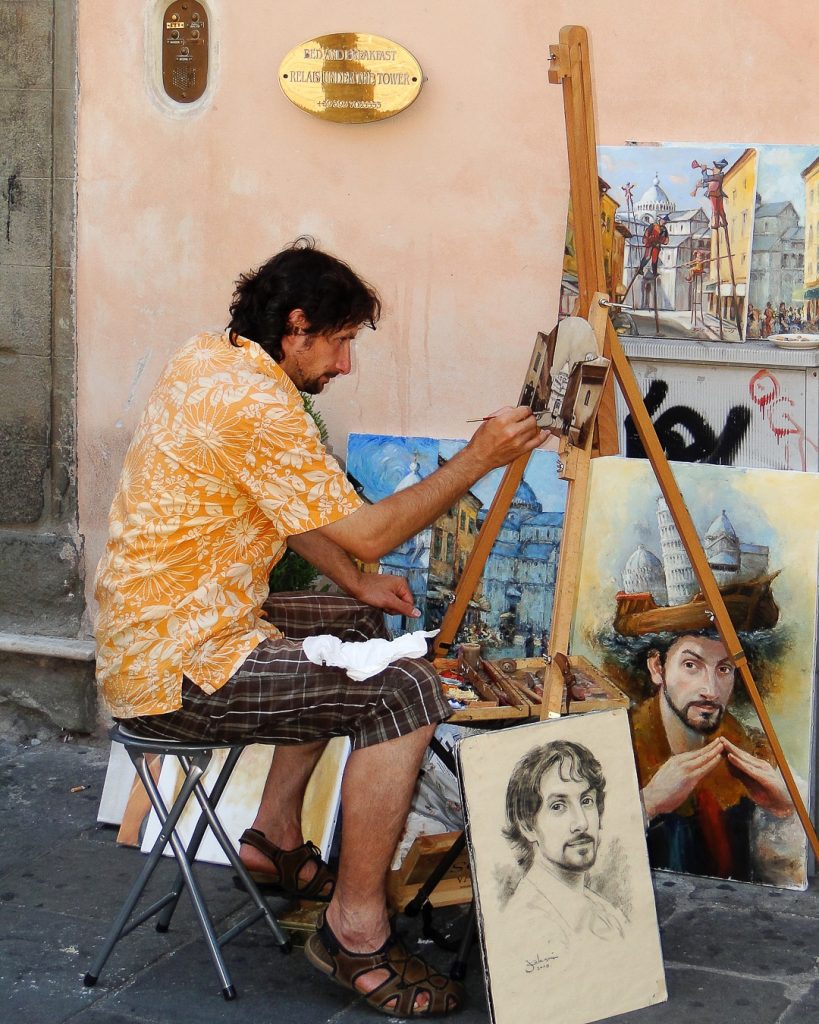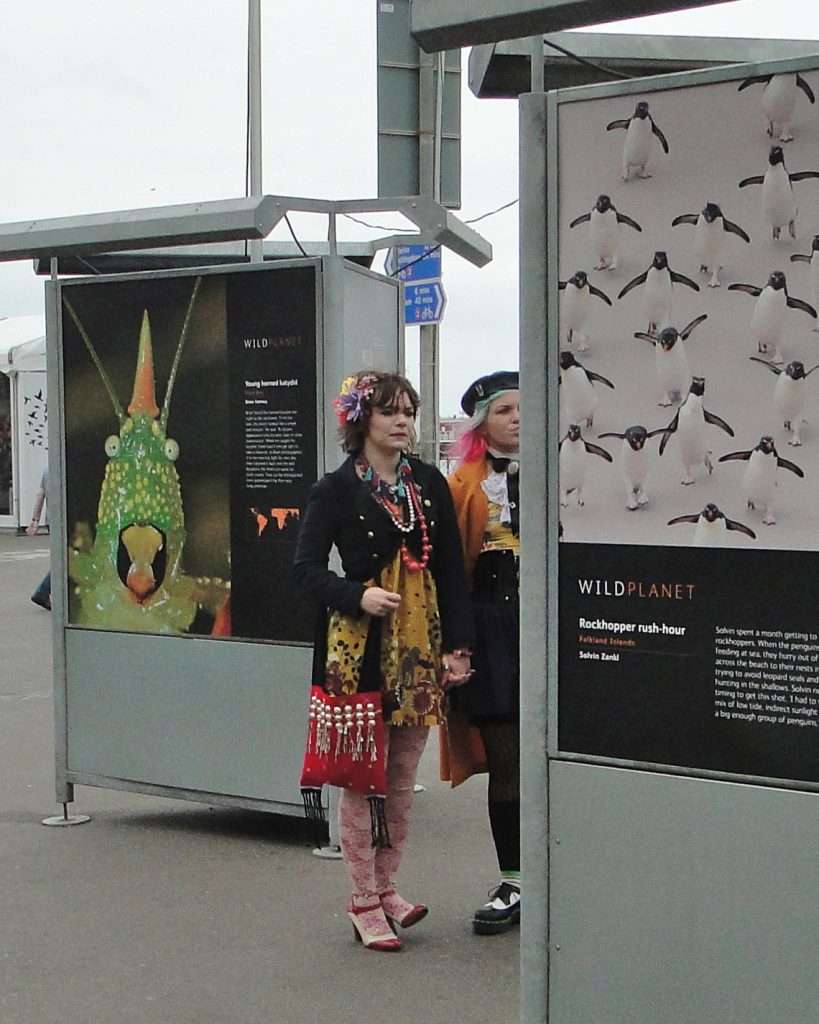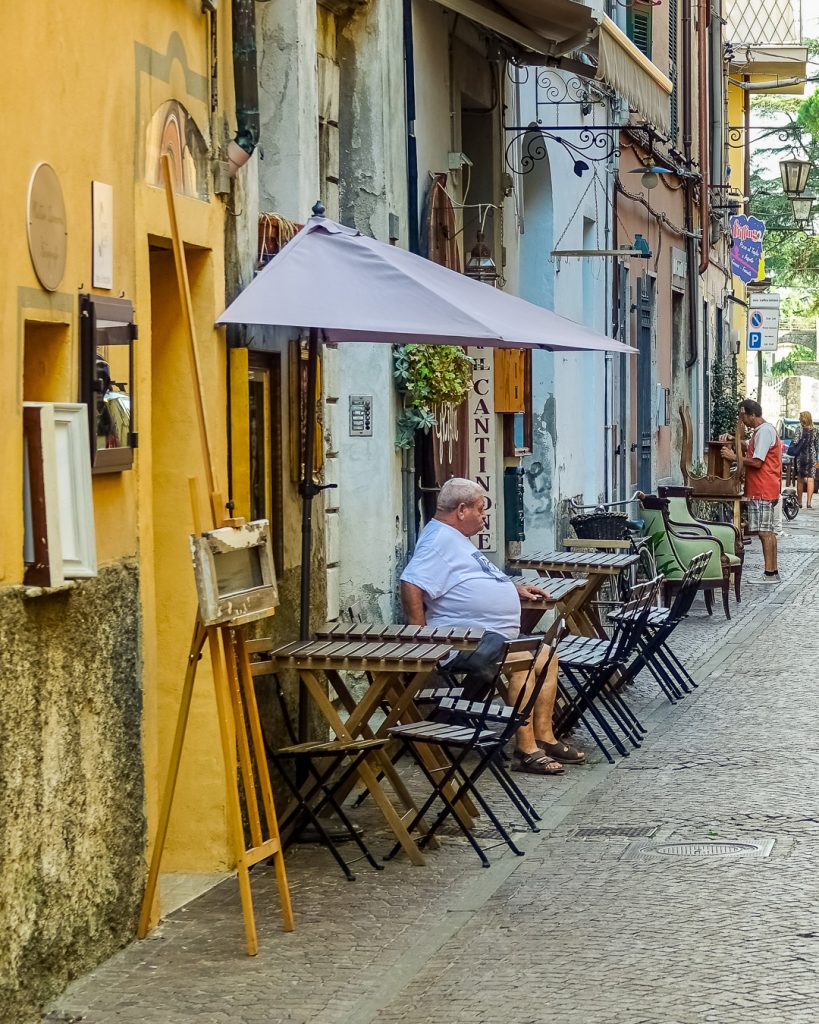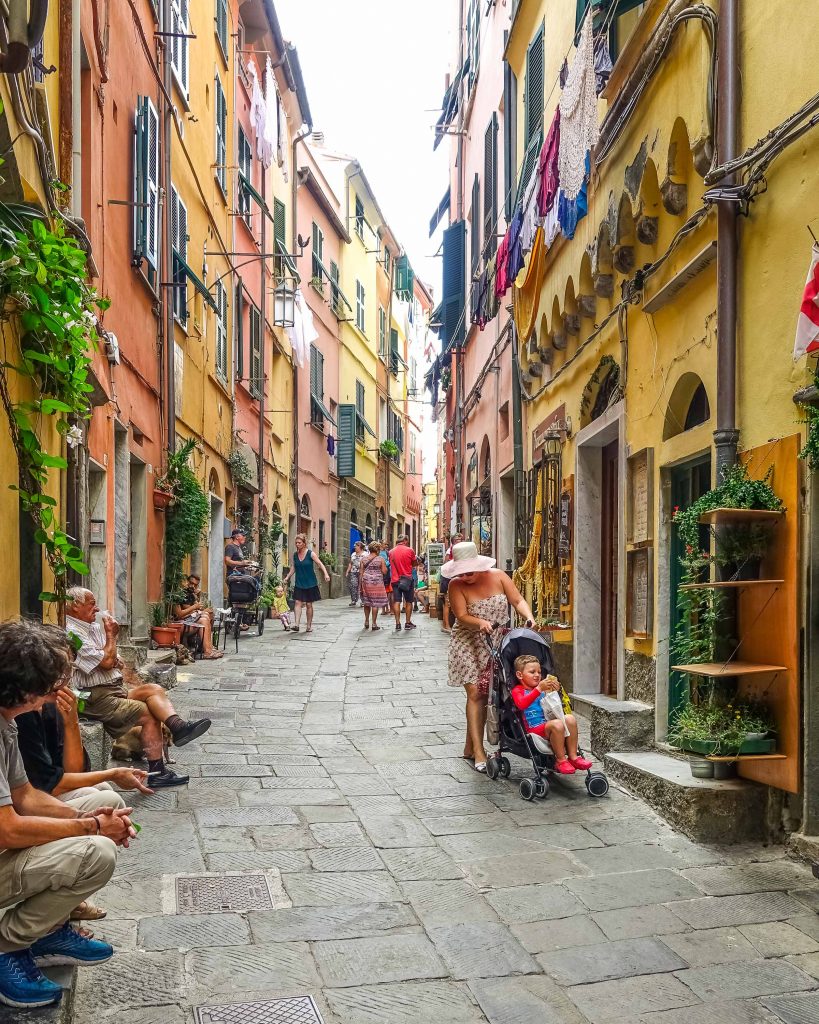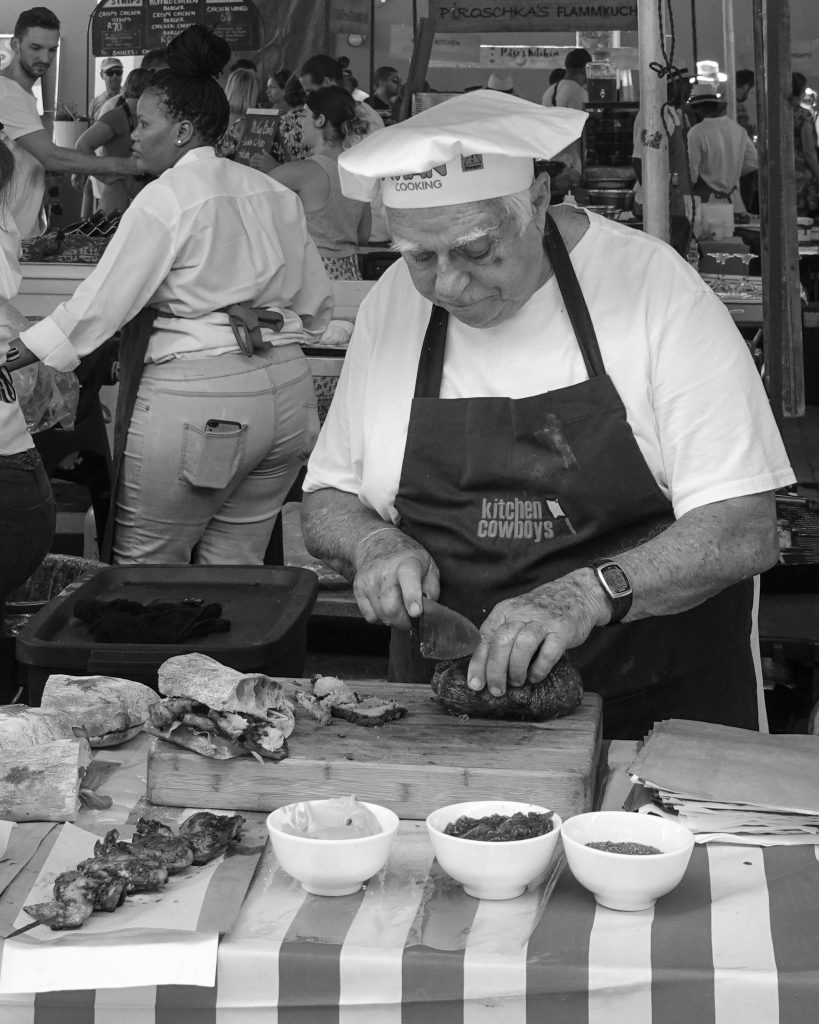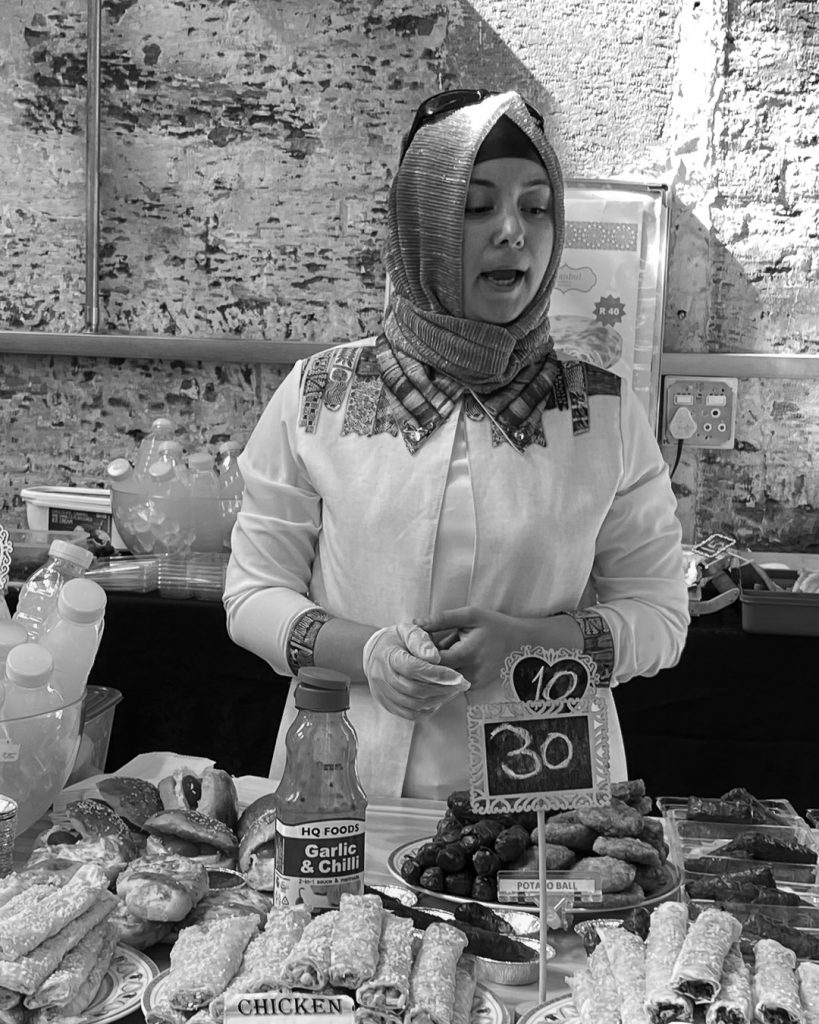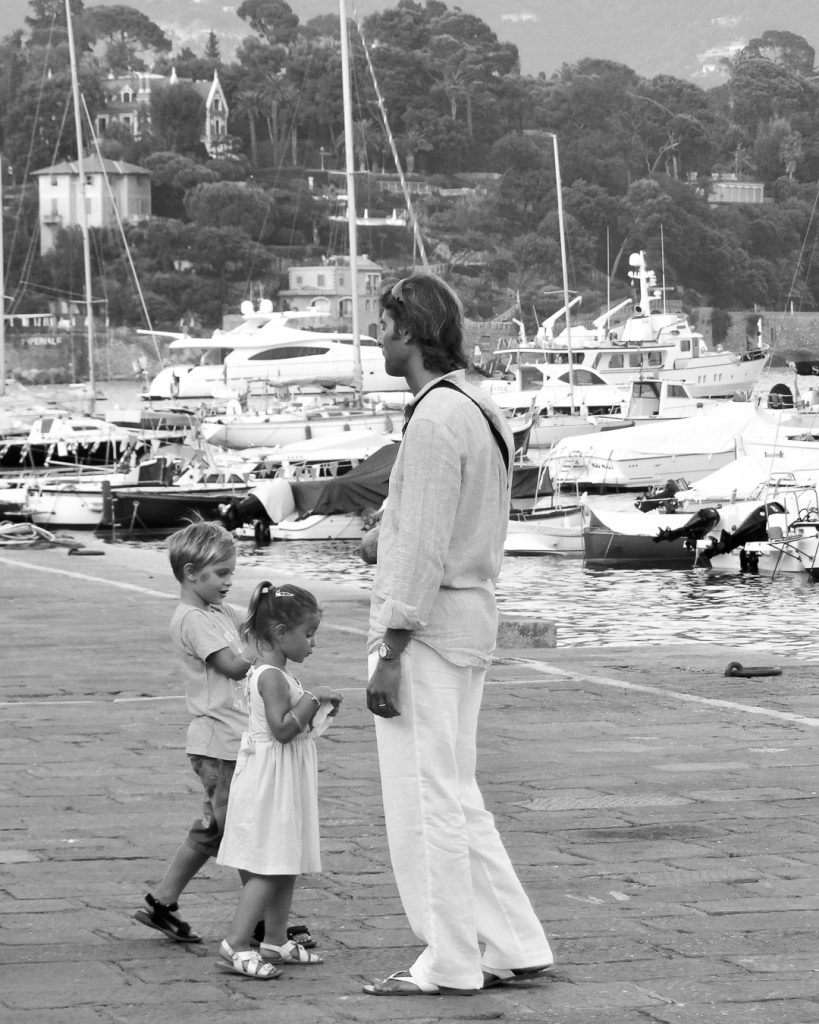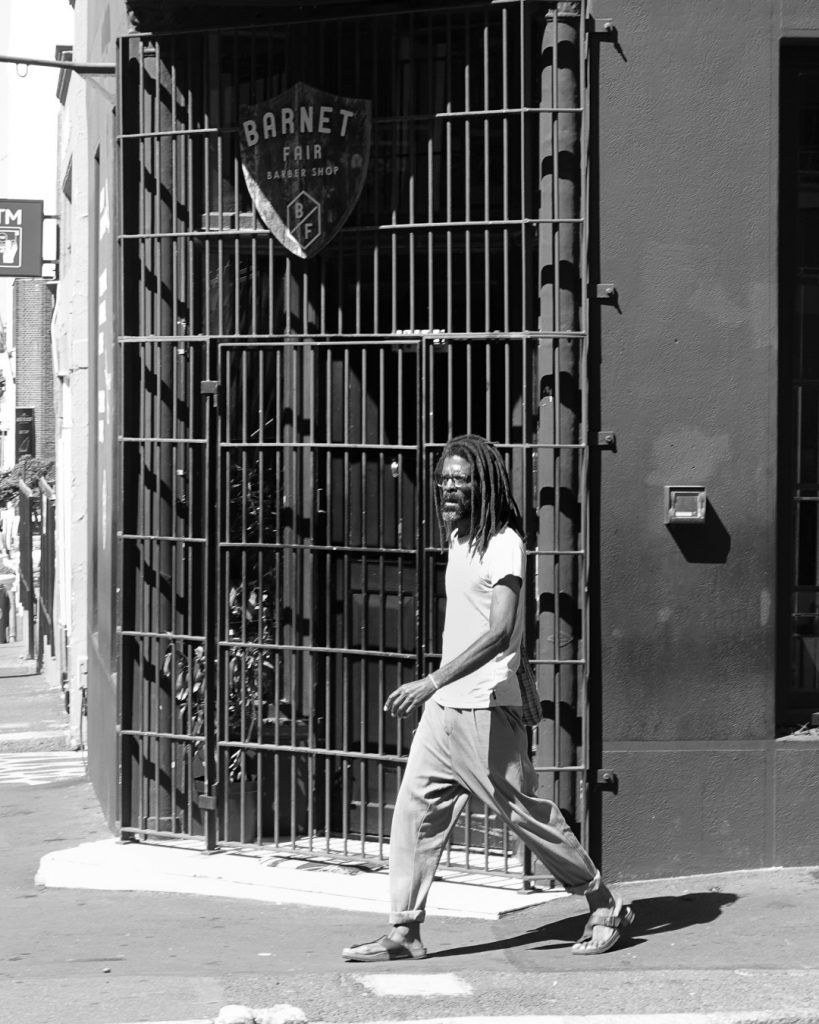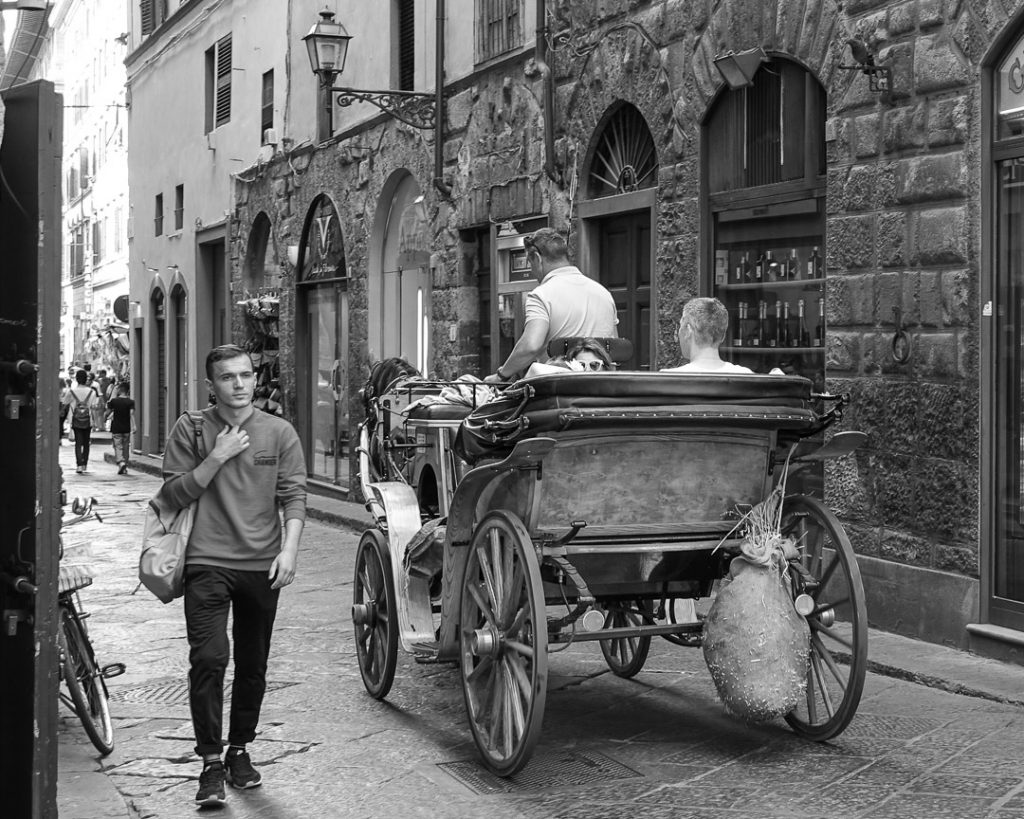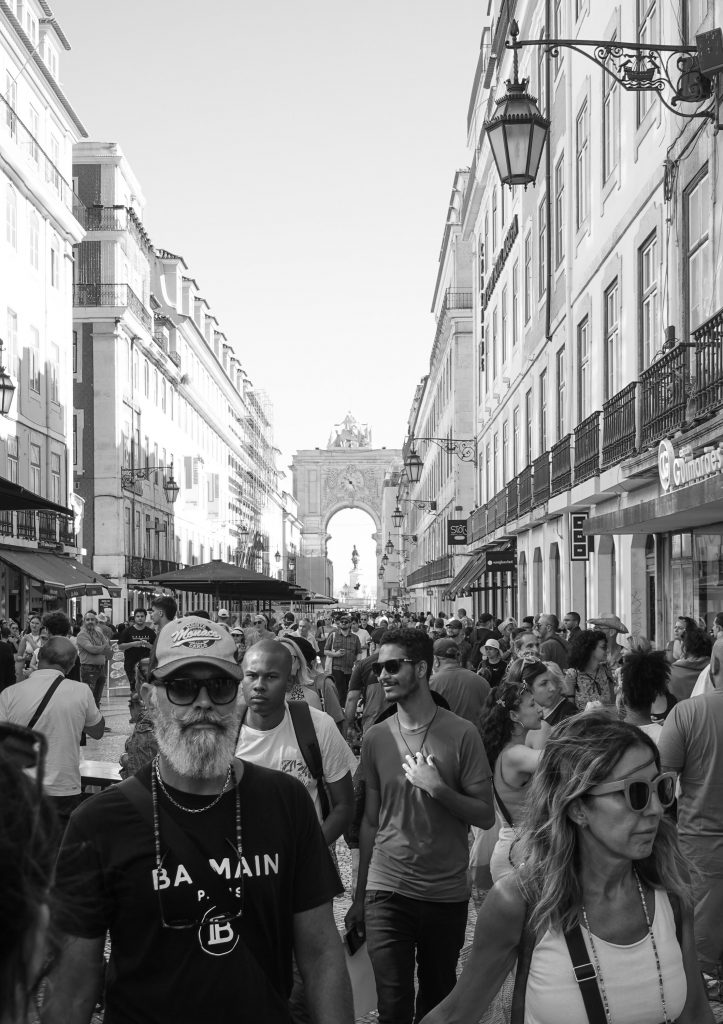Travel Advice & Tips
Street Photography
The more I travel, the more I find myself enjoying the genre of Street Photography as it lends itself to one capturing those fleeting moments of your trip that you end up remembering more than even your nicest scenic shots. It also gets you involved in street life and in that way you experience the culture as well as the beauty of wherever you are in a more personal way.
The essence of Street Photography is really to capture life and culture on the streets – giving you images that pick up on emotions and character, and in some cases even tell a story or a part thereof.
In an obscure way you could think of yourself as being the “people’s paparazzi”.
This genre of photography is pretty spontaneous and is usually taken from a “fly on the wall” or somewhat discreet point of view, because in most cases you are not getting anyones permission to take their pics – that however doesn’t mean that you can’t get great street shots from a staged scene either, there are times where you might strike up a conversation with someone and ask them if you could photograph them flipping the pancake or whatever. Each situation is unique.
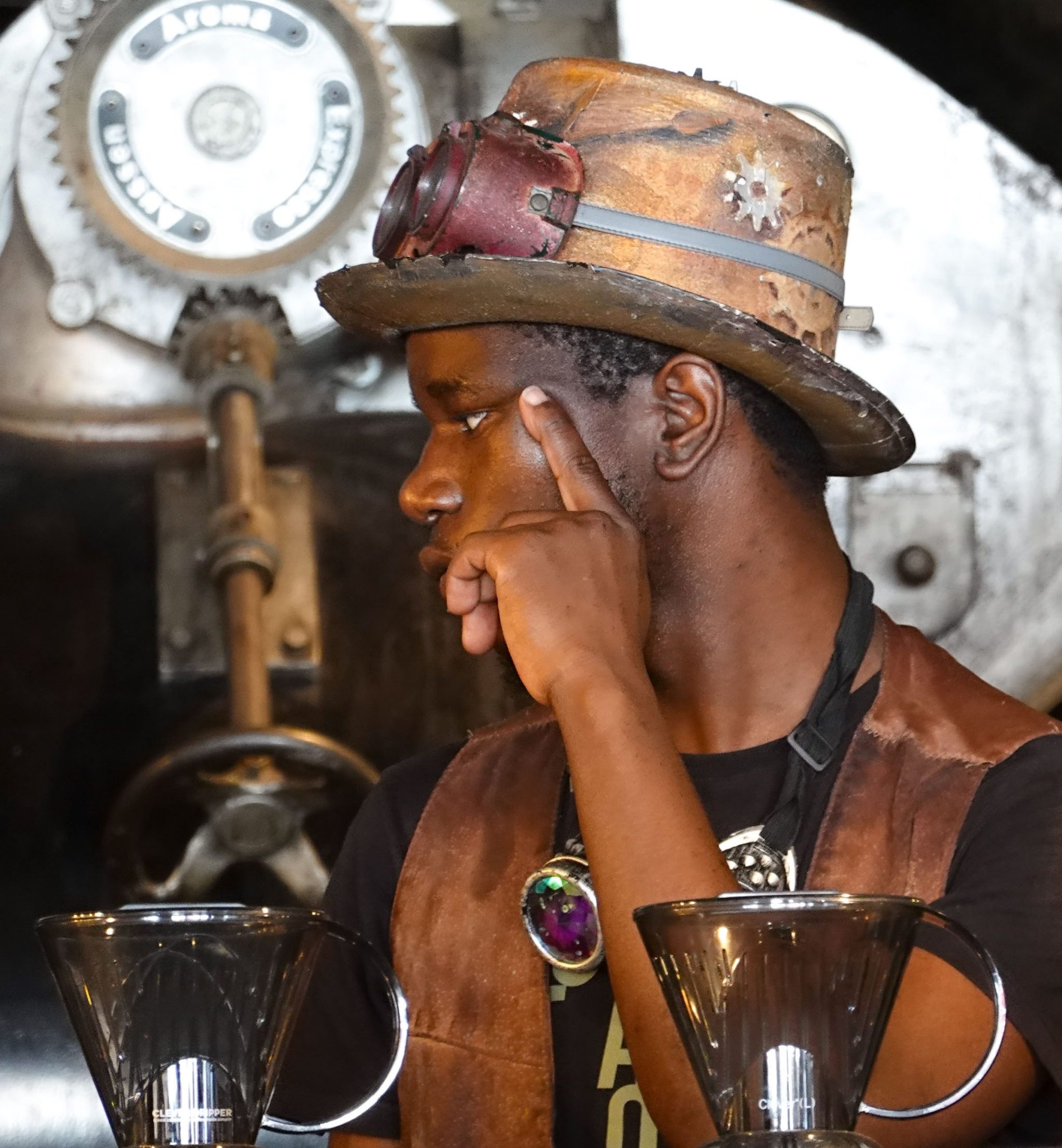
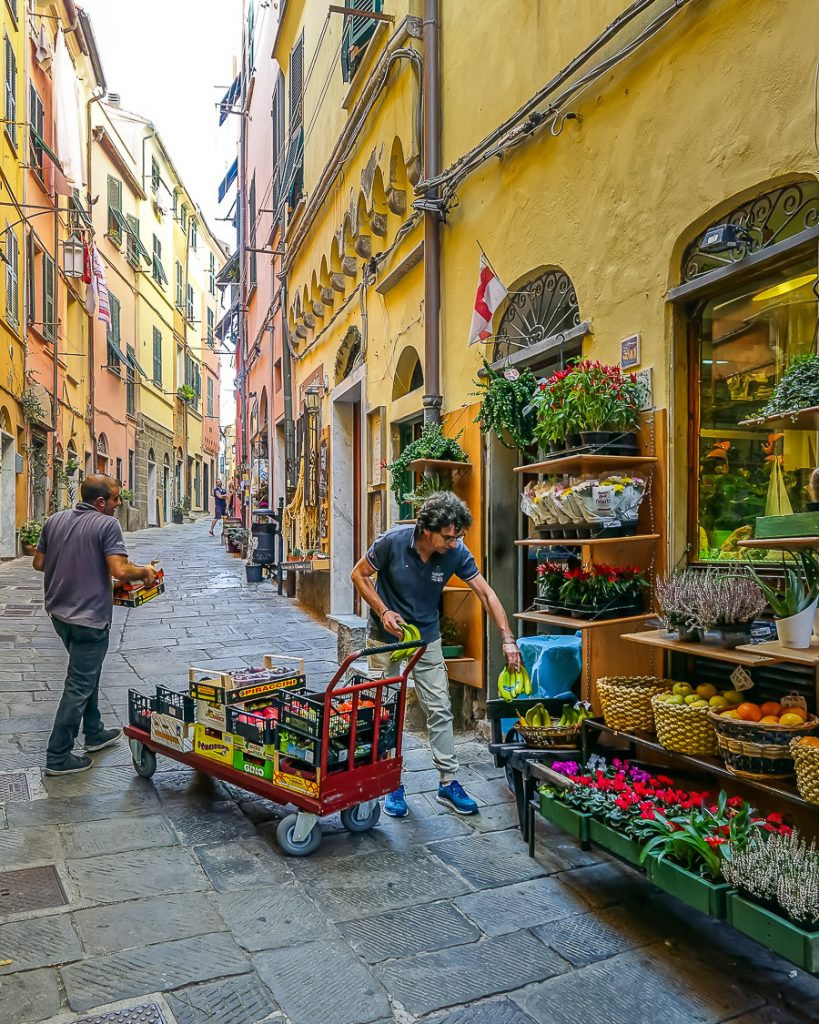
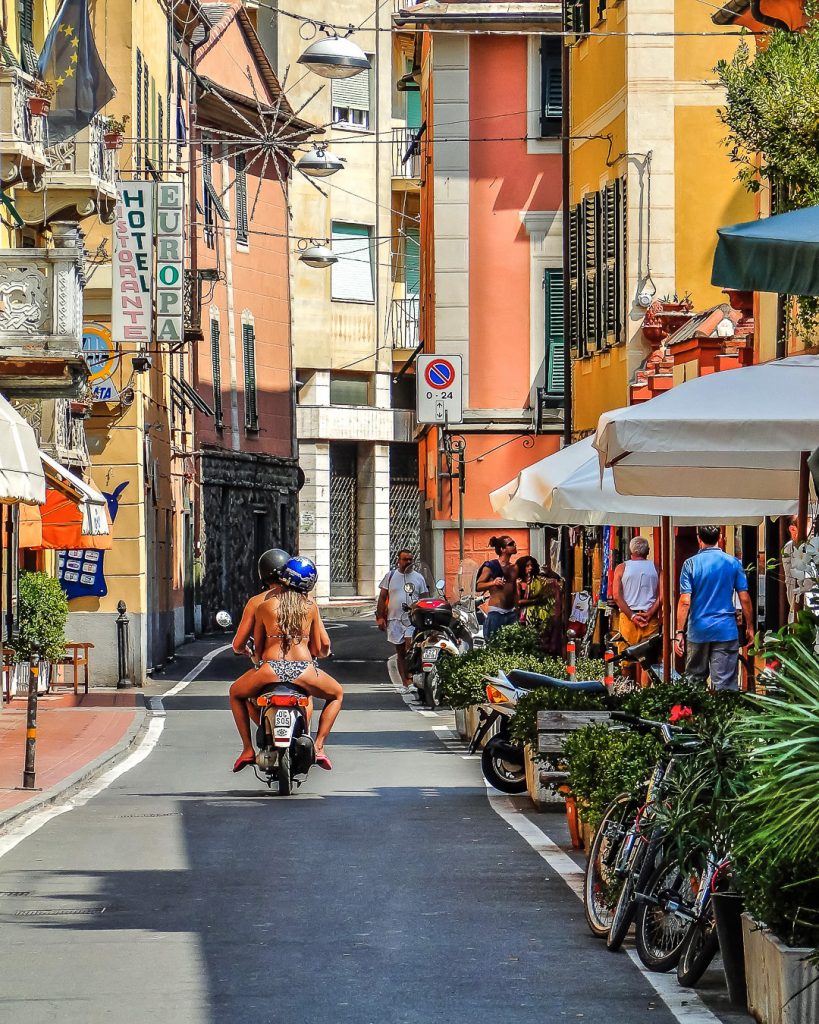
With street photography you have to act quick, so you need to have your camera with you at all times, and it has to be ready and set to be able to catch these moments that can pass in an instant. That’s one of the reasons why a smaller more compact camera is more suited to street photography, as its easier to carry at all times and can quickly be taken out of a pocket or bag, and its also more inconspicuous, which allows for more photo opportunities.
Also you will soon find that no one likes a big camera and lens being pointed at them. It takes some practice to be comfortable shooting whilst immersing yourself within the scene and being part of the action in a way, but once you get used to it your camera almost becomes an extension of your arm and vision, and taking pics whilst enjoying your surroundings will almost be like a muscle reflex triggered by your vision and senses being on high alert.
There are ways of immersing yourself within a setting or location and yet opening up more opportunities to capture special moments – I love street cafes and restaurants, and if you’re like me, food is a big part of your travel experience…..so why not relax and enjoy a coffee or drink or snack whilst watching and surveying your surroundings, and wait for a photo opportunity to pass by or come to you. Sitting on steps or a side bench etc can often make it easier getting a great shot, instead of standing in the middle of the square or street.
However there are times you will not be sitting down and observing from a safe distance and for that “shooting from the hip” can really get you that shot that you otherwise would have missed.
Here are a few tips re settings that will benefit you and help you capture that decisive moment.
Use a fast Shutter Speed – this is the most important setting as it will insure that your scene is nice and sharp – use at least 1/125th of a second but 1/250th of a second will almost guarantee that your images are sharp.
Which Lens to use – the most commonly known focal length is 35mm, as its pretty close to our eye sight and so its great for street photography but anything between around 28 – 70 works well…. keep in mind though that with a wider 28 lens or focal point you will get a bit more in your shot but if you’re close to someone or an object at 28mm there will be some distortion, then again 50 and 70mm both offer a more flattering focal length for close up portrait style shots.
A zoom lens can be handy in getting you that bit closer to your subject matter and also works for closer subjects and so that will give you the best of both worlds – so it might well be worth investing in a good zoom lens that covers you from 28 – 70 or even 35 -110mm and up…. if you dont want to carry around multiple lenses – but keep in mind the longer the zoom, the bigger the lens, however there are now some excellent new smaller travel cameras on the market with built in zoom lenses, that will do a great job at covering most of your travel photography needs.
ISO Settings – this is still based on old film settings before digital cameras came into the picture, and as a rule the lower the ISO the more ideal it was for brighter light …so generally ISO 100 – 200 film was used for daylight photography etc. The newer Digital cameras have come a long way in dealing with noise/grain so one does not have to stick to lower ISO camera settings like 100 or 250 etc to get cleaner images where the grain is not visible – you can now safely use IS0 400 in sunlight and ISO 800 in the shade or darker more cloudy days and go up to ISO 1600 in more dimly lit situations, and then use ISO 3200 at night – but you will get a certain amount of grain coming in at ISO 1600 and up.
Grainy images do not mean that the images are sub par – used effectively it can add to the image – and if it allows you to capture that unique moment then you’ve achieved what you set out to do – there have been many iconic grainy b&w portraits and news reporter style shots that have won awards and will be remembered forever.
Aperture settings – for street photography I tend to prefer an f stop of at least f/5.6 or f/6.7 and if nice and bright then even higher like f/8 – f/22 as it will ensure that most of the foreground and background is sharp as well. Sometimes in a scene where there is a main subject you can spot something interesting happening in the background that you never noticed when taking the shot, and getting a certain amount of detail in the background to me shows more of the culture and surroundings that are all part of the experience. Using an f stop under f/5.6 like f/1.2 or f/4 will result in a shallower depth of field meaning that as the distance from your focus area increases – its sharpness decreases – giving a more blurred background effect / also known as bokeh, ..its is great for portraits and mood shots but in general not ideal for street photography.
Focus settings – AF – continuous ..is my preferred for street photography, meaning your cameras focus will track your subject matter if it moves
White Balance – I’d leave that at AUTO which is in most cases your cameras default setting
In Conclusion – Street pics can be very rewarding and often become some of your favorite travel shots as they will remind you over and over again of distinct moments and often lead to conversation and tales of trips long into the night, so well worth taking a bit of time to prepare before setting out.
